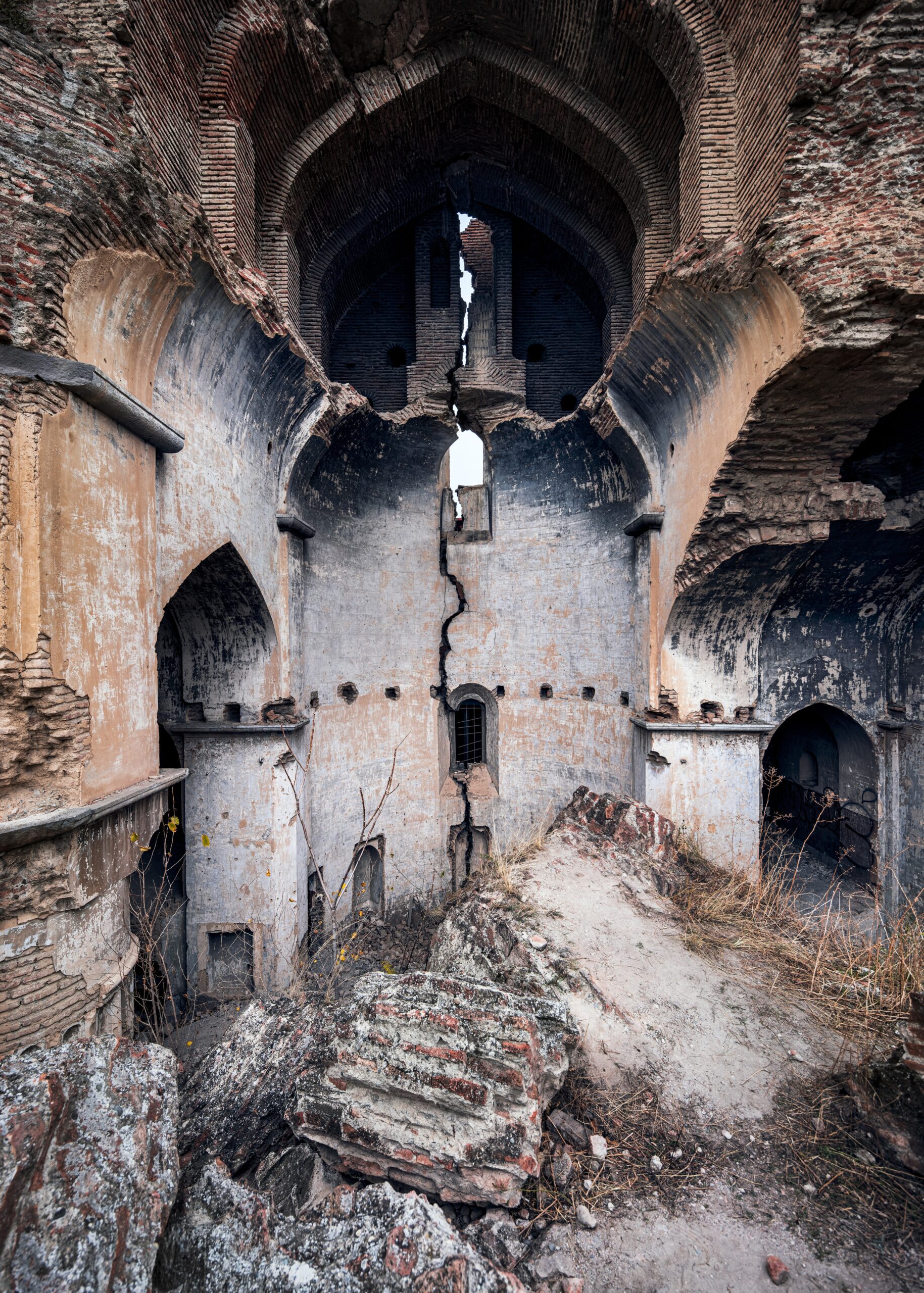Imagine visiting the ancient city of Mohenjo-Daro around 2800 BC. Amidst the labyrinthine streets and bustling markets, you come across an ingenious invention that astounds you—an early form of the flush toilet. These primitive yet sophisticated sanitation systems in Mohenjo-Daro offer a fascinating glimpse into the advanced engineering of the Indus Valley civilization.

- The Marvel of Mohenjo-Daro: Mohenjo-Daro, one of the major cities of the Indus Valley civilization, was a thriving urban center. Amid its well-planned streets and multistory buildings, the presence of flush toilets demonstrates a remarkable level of urban planning and engineering prowess.
- The Concept of Sanitation: Sanitation was a priority for the inhabitants of Mohenjo-Daro. The city featured an advanced sewerage and drainage system, with most houses having access to water and drainage facilities. Waste disposal was a carefully managed process.
- Early Flush Toilets: The flush toilets of Mohenjo-Daro were unlike anything seen in other contemporary civilizations. They were Western-style toilets, albeit in a primitive form. These toilets were built into the outer walls of homes and featured vertical chutes.
- Innovative Design: What makes these ancient flush toilets remarkable is their design. Each toilet had a vertical chute through which waste was disposed of into cesspits or street drains. This design was intended to keep living spaces clean and hygienic.
- Gravity-Driven Flushing: The flushing mechanism relied on gravity. Water from an overhead reservoir would be released to wash away waste through the vertical chutes, effectively flushing the toilets.
- Municipal Management: The flush toilets in Mohenjo-Daro were not isolated innovations but part of a broader municipal plan. They were strategically placed throughout the city, indicating a well-thought-out urban sanitation strategy.
- A Glimpse into Hygiene: These early flush toilets underscore the importance of hygiene and sanitation in the daily lives of the Indus Valley people. They reflect an understanding of the health benefits of proper waste disposal.
- Unearthing the Past: The discovery of these flush toilets has provided invaluable insights into the daily lives of Mohenjo-Daro’s residents. It speaks to their commitment to cleanliness and the urban planning skills of the time.
- A Legacy of Engineering: Mohenjo-Daro’s flush toilets are a testament to the advanced engineering capabilities of the Indus Valley civilization. They demonstrate a level of technological sophistication that was ahead of its time.
- Inspiration for Modern Plumbing: While these ancient flush toilets were rudimentary compared to modern plumbing systems, they serve as a historical precursor to our contemporary sanitation practices. They showcase humanity’s enduring quest for cleanliness and sanitation.


In conclusion, Mohenjo-Daro’s flush toilets represent a fascinating intersection of history, engineering, and urban planning. These early innovations in sanitation offer a poignant reminder of the Indus Valley civilization’s achievements and their enduring impact on our modern world. As we appreciate the conveniences of modern plumbing, we owe a nod of gratitude to the ingenious engineers of Mohenjo-Daro who, thousands of years ago, set the stage for improved sanitation and hygiene.






